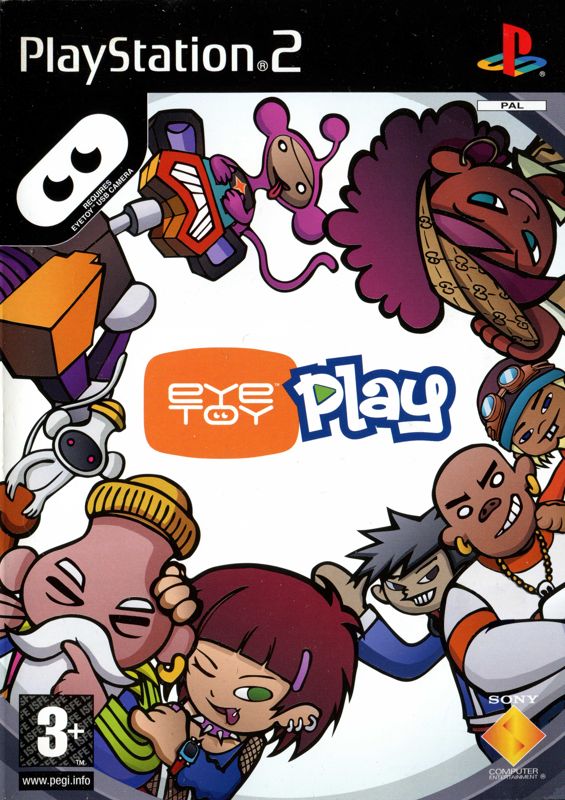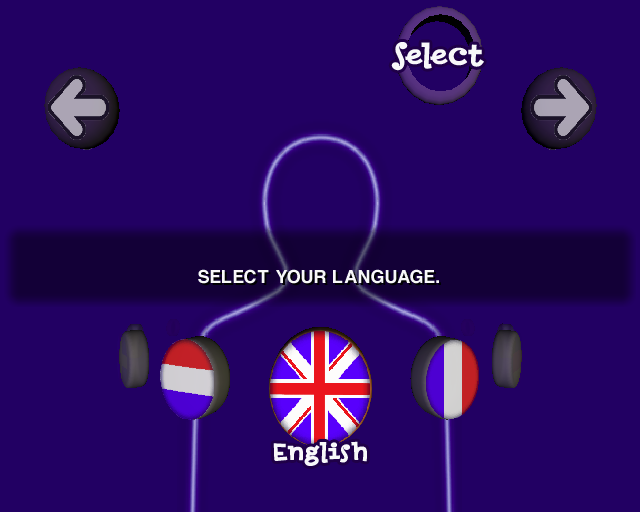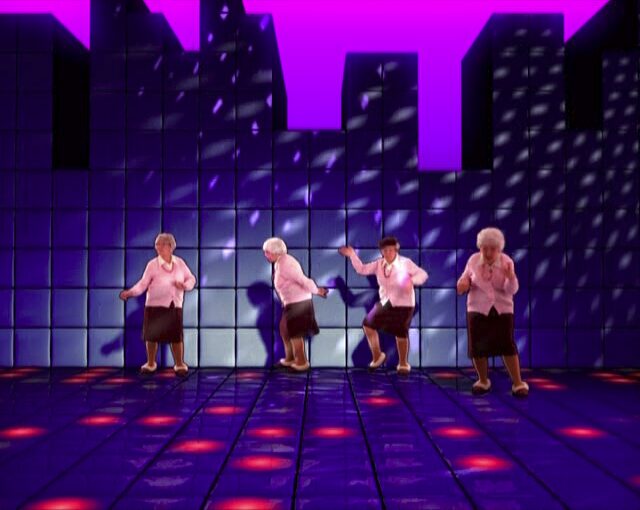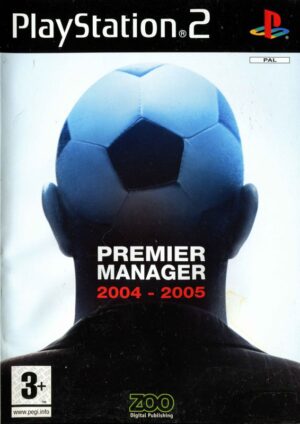Retro Replay Review
Gameplay
EyeToy: Play transforms your living room into an interactive playground by leveraging the EyeToy camera’s motion-sensing capabilities. As soon as you plug the camera into your PS2’s USB port and launch the game, you’re invited to dive into twelve distinct mini-games, each requiring you to move, gesture, and react in real time. From the martial arts-inspired “Kung Fu,” where you fend off incoming ninjas with punches and kicks, to the soothing “Wishi Washi,” which turns you into a one-person window-cleaning squad, there’s a surprising variety that keeps the experience fresh.
(HEY YOU!! We hope you enjoy! We try not to run ads. So basically, this is a very expensive hobby running this site. Please consider joining us for updates, forums, and more. Network w/ us to make some cash or friends while retro gaming, and you can win some free retro games for posting. Okay, carry on 👍)
The controls are brilliantly intuitive—there’s virtually no menu-driven navigation once you’re in a game. You simply move your body to match on-screen prompts: dodge obstacles, catch falling objects, or swipe away incoming projectiles. This simplicity makes EyeToy: Play accessible to players of all ages and skill levels, removing the barrier of complex button layouts and allowing even non-gamers to feel instantly confident and engaged.
Despite its overall ease of use, gameplay does have some nuances. Lighting conditions greatly affect the camera’s ability to track your movements, so bright, evenly lit spaces yield the best results. Occasional calibration hiccups can occur, especially in rooms with busy backgrounds. Nevertheless, most sessions run smoothly, and the responsive feedback—visual and auditory—keeps you motivated to improve your speed, accuracy and timing across each mini-game.
Graphics
Given the EyeToy’s modest black-and-white camera and the PS2’s hardware limitations, EyeToy: Play isn’t aiming for lifelike visuals or high-definition environments. Instead, it embraces a stylized, high-contrast presentation where your silhouetted figure is composited against vibrant, cartoon-like backdrops. This aesthetic choice works in its favor, ensuring that you always stand out clearly as the focal point of the action.
The individual mini-games each adopt their own color palette and graphic motif—from the stark greyscale dojo in Kung Fu to the bright polka-dot frames of the “Beat Freak” music challenge. Animations are smooth, though simple, and often accompanied by bold, eye-catching particle effects that highlight successful moves or point-scoring streaks. While not graphically complex, these flourishes add an arcade-like charm that’s hard not to appreciate.
On the downside, fine details can sometimes get lost in the motion-overlay, particularly if the room lighting fluctuates or if you move too close to the camera. Occasional ghosting artifacts may appear, but they rarely interfere with actual gameplay. The visuals serve their primary purpose—to guide and reward your movements—without distracting you from the core interactive experience.
Story
EyeToy: Play isn’t driven by a traditional narrative or character development. Instead, its “story” unfolds through the progression of mini-games, scoreboards, and light-hearted voiceovers. Each game has its own brief introduction—a dojo master beckoning you to fight ninjas, or a sprightly mascot urging you to wash those bubbly windows—but there’s no overarching plot to follow.
This lack of a cohesive storyline is intentional; the focus is squarely on immediate, bite-sized fun rather than an epic journey. If you’re seeking dramatic twists, character arcs, or cutscene-driven lore, EyeToy: Play isn’t the title for you. However, the playful scenario setups for each mini-game provide enough context to make you feel like a “star” in each activity.
That said, the “storytelling” does manifest in your personal progression. The more you play, the higher your scores climb, and the more medals you unlock. This meta-narrative of self-improvement and friendly competition delivers a sense of achievement that replaces a traditional plot. In party settings, this can spur lighthearted rivalries and memorable shared moments.
Overall Experience
EyeToy: Play stands out as one of the earliest and most successful attempts to bring full-body motion gaming into the living room. Its plug-and-play simplicity, wide range of mini-games, and energetic presentation make it an ideal choice for family gatherings, casual gaming sessions, or even as a fitness break. Younger players will delight in the playful interactions, while older participants can appreciate the novelty and nostalgia of early motion control.
While the technology has since evolved, EyeToy: Play remains a charming glimpse into the infancy of motion-based gaming. It rewards physical engagement and creativity, encourages laughter and movement, and offers just enough variety to keep players coming back for short bursts of activity. Even today, its budget-friendly price and ease of setup make it a worthwhile addition to any PS2 library.
Ultimately, EyeToy: Play delivers on its promise: it’s easy to plug in, even easier to play, and continually entertaining across its twelve unique experiences. Whether you’re battling ninjas, scrubbing screens, or busting a move to electronic beats, this title offers a refreshing departure from controller-based routines and invites you to become the star of your own interactive show. For those seeking an upbeat, social, and decidedly hands-on gaming experience, EyeToy: Play is a solid pick.
 Retro Replay Retro Replay gaming reviews, news, emulation, geek stuff and more!
Retro Replay Retro Replay gaming reviews, news, emulation, geek stuff and more!








Reviews
There are no reviews yet.